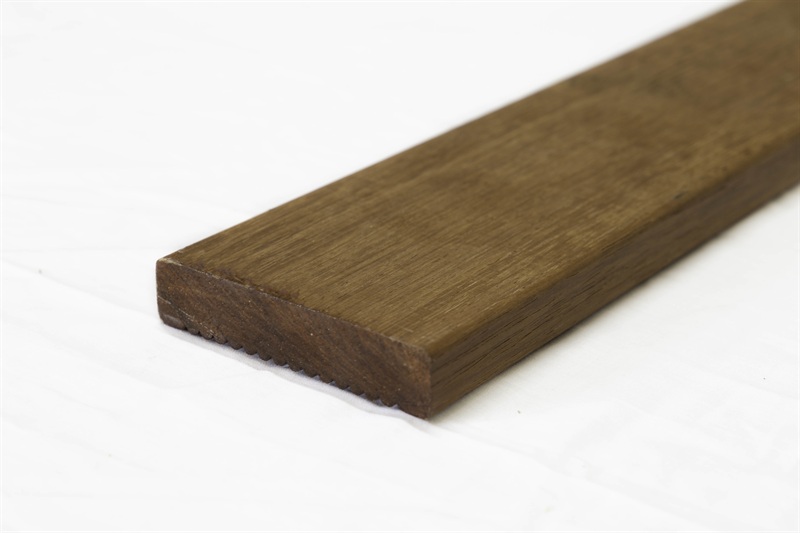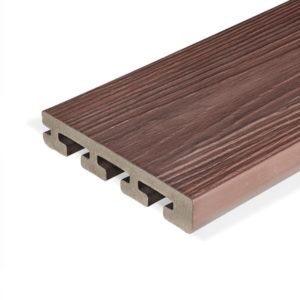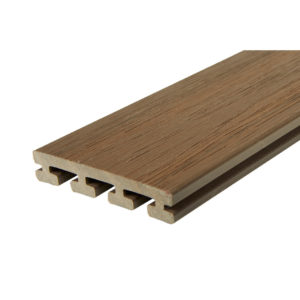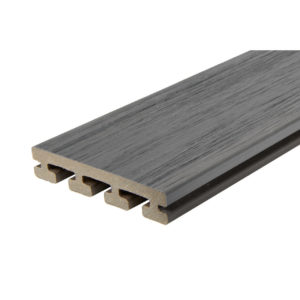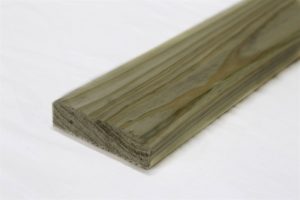Enhance your outdoor space with our Merbau Decking, sized at 90x19mm and priced per lineal metre. This durable hardwood is available in random lengths, providing a versatile and cost-effective solution for your decking needs.
Merbau is a top choice for decking projects due to its exceptional durability. With a durability class of 2, you can expect your Merbau deck to last between 15 to 40 years without decay, making it a reliable and long-lasting option. Its rich, warm tones add a touch of elegance to any outdoor area, creating a space that is both beautiful and resilient.
For those seeking wider boards, we also offer Merbau decking in a 140mm width, providing flexibility to suit your design preferences. This hardwood’s natural resistance to the elements makes it an excellent choice for creating a stunning, low-maintenance deck.
We offer same-day delivery from Monday to Friday within the Adelaide metro area, ensuring you can start your project promptly. Choose our Merbau Decking for a high-quality, durable, and attractive outdoor solution that will stand the test of time. Enjoy the beauty and longevity of Merbau hardwood, and transform your outdoor living area into a durable, elegant retreat.

